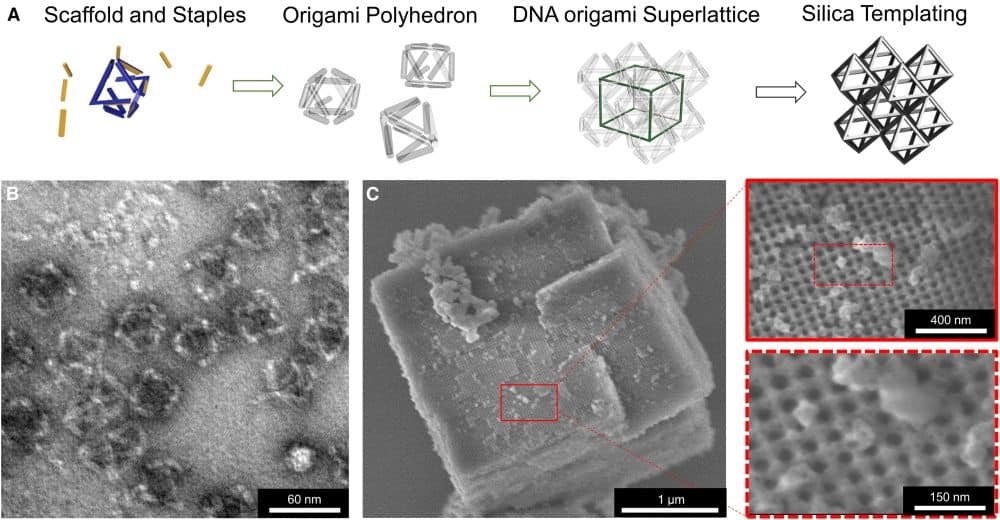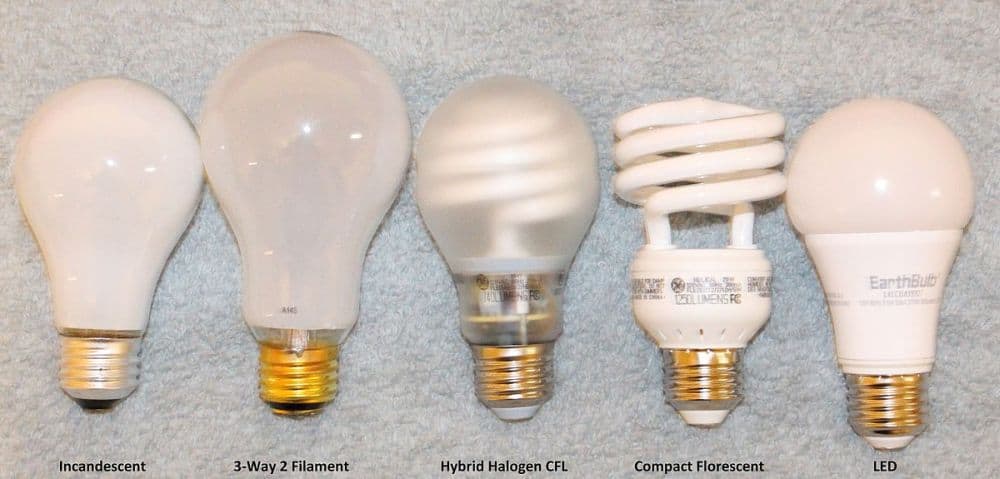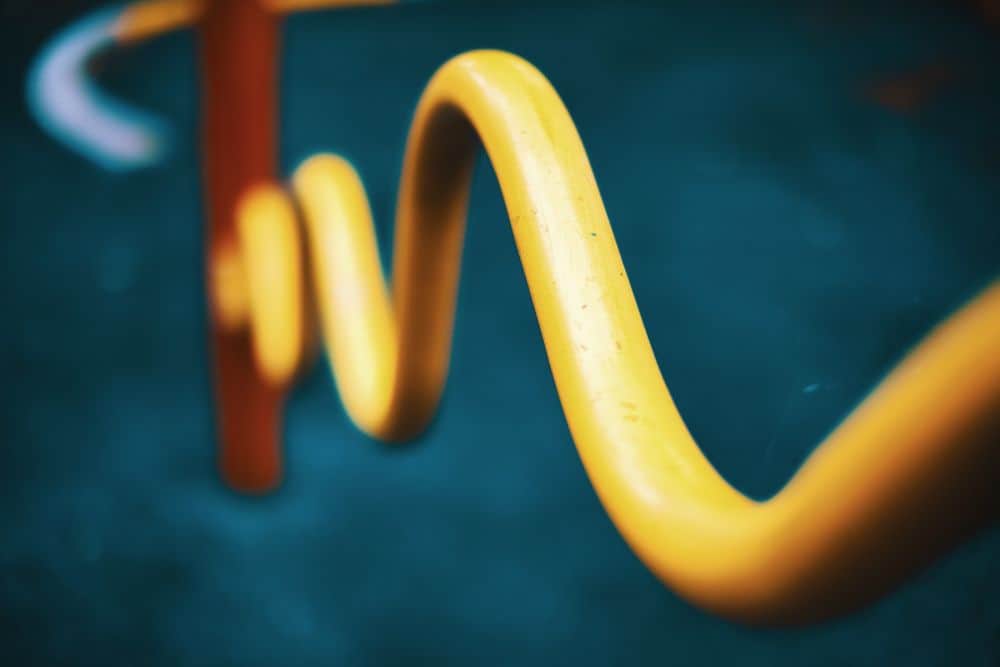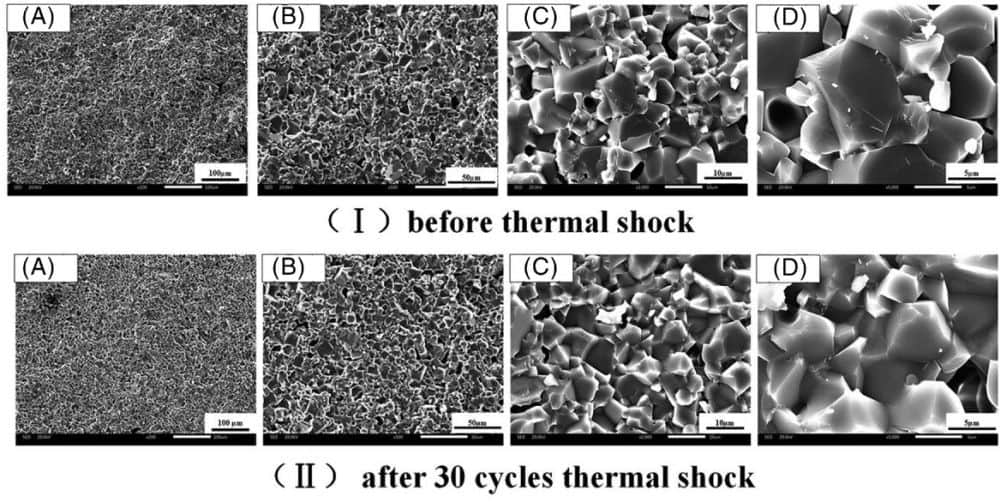In recent decades, researchers have explored using deoxyribonucleic acid (DNA) as a scaffold for programmable nanostructures. Now, researchers at Columbia University, the University of Connecticut, and Brookhaven National Laboratory collaborated to show that glass-coated DNA scaffolds have potential as lightweight and high-strength materials.
Read MoreMaterials scientists often use grain size as the determining variable when correlating a ceramic’s structure with its properties. But the morphology and orientation of the grains can also significantly affect a material’s properties. Researchers in China developed a framework that can correlate a material’s structural hierarchy with its properties, and their latest paper explores the potential of linking this framework to Vickers hardness.
Read MoreGrowing carbon nanotubes on metal foils rather than traditional silicon or quartz substrates would allow the process to be easily integrated into large-scale manufacturing processes. But metal foils present other challenges, such as reactivity at high temperatures. Lawrence Livermore National Laboratory researchers published a review paper summarizing efforts to overcome these challenges.
Read MoreThe effect niobium oxide has on the macroscopic properties of glass is reasonably well-known, but its specific structural role in glass remains poorly understood. To address this knowledge gap, researchers from the Center for Research, Technology, and Education in Vitreous Materials in Brazil combined spectroscopic data on niobium-containing silicate glasses with advanced computational modeling.
Read MoreCeramics and glass are often considered to be inert materials, but such stability is not always the case. Researchers in Japan demonstrated that certain ceramic glazes could potentially degrade the catechins found in tea under specific laboratory conditions, though future studies would need to confirm the results in a more realistic setting.
Read MoreEvaluating the quality of research and researchers is neither easy nor simple. An open-access paper by two ACerS journal editors demonstrates how some newer evaluation methods can better capture the short- and long-term performance of journal articles.
Read MoreInitially proposed as a simple pondering by a U.S. chemist in the 1940s, the controversial Kauzmann paradox has inspired hundreds of follow-up papers in a variety of scientific disciplines. Now, researchers in the U.S. and Brazil led by ACerS Fellows Edgar D. Zanotto and John C. Mauro argue it may be best to focus future glass research elsewhere.
Read MoreGroup-III-nitride semiconductors have considerable potential for electronic and optoelectronic applications, but unintended defects tend to form in their structure during fabrication, which may affect the electrical properties. Two researchers at the University of British Columbia detailed the striking contrast between the effects of threading dislocation lines in gallium nitride versus indium nitride.
Read MoreStarting materials can often be derived from different sources, but the impact that material source has on a product’s properties is generally less studied than other factors, such as synthesis technique. Researchers from Wuhan University of Technology explored the effect of different magnesium sources on the production of magnesium aluminate spinel.
Read More









